by Steve Selden | Feb 27, 2020 | Tour News

Polar bear in Churchill. Colby Brokvist photo.
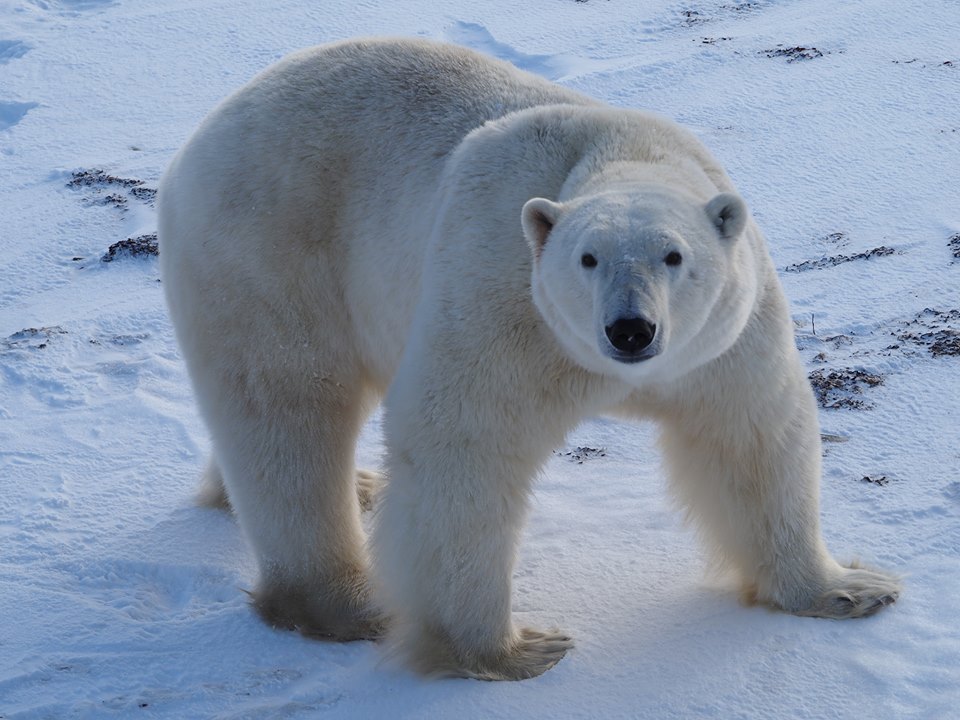
Curious polar bear in the CWMA. Bonnie Chartier photo.

Polar bear inspecting a caribou carcass. Alex de Vries Magnifico. photo.

Mother and cub polar bear in Churchill Wildlife Management Area. Discover Churchill photo.
Churchillpolarbears.org wishes everyone a happy International Polar Bear Day! These amazing and beautiful creatures need your help in protecting their species and habitat! World Wildlife Fund has ways you can get involved and contribute to the cause! Enjoy the day!
by Steve Selden | May 21, 2017 | Churchill Photography

Humpback whale in the foreground and a massive iceberg in the distance. Melissa Scott photo.
Gotta love this phenomenal shot of a humpback whale tail fluke ad the iconic iceberg in the distance. Otherworldly! Greenland is very much like another planet and very worthy of preserving for the future . Join World Wildlife Fund (WWF) in their crusade to preserve the natural world for generations to come!
by Steve Selden | Feb 17, 2017 | Conservation
A 2016 Scientific Working Group report on two Arctic sub – populations was released last week and appeared to confirm what local Inuit have been seeing over many years. Polar bear populations in Baffin Bay and Kane Basin are considered stable and not declining as Polar Bear Specialist Group scientists previously claimed.
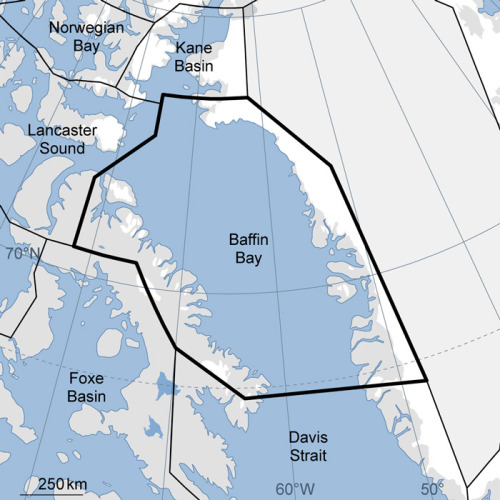
The IUCN Polar Bear Specialist Group had previously designated the two sub – populations to be in decline mostly as a result of over – hunting. The same regions were assessed by Environment Canada in 2014 and termed ‘data deficient” for Kane Basin and ‘likely declining’ for Baffin Bay.

The new report suggests the global population estimate should be adjusted to the plus side and the 2015 IUCN Red List also be revised. Currently the only sub – population to hold the ‘likely declining’ label is the Southern Beaufort region. With the new data at hand the global population size should rise from 22,000-31,000 (as designated by 2015 IUCN Red List) to 22,633-32,257 polar bears worldwide. This estimate is not including the surprising 42% increase in the Svalbard area of the Barents Sea sub – population. In 2015 975 polar bears were counted in that region nearly 300 more than the 685 counted in 2004.
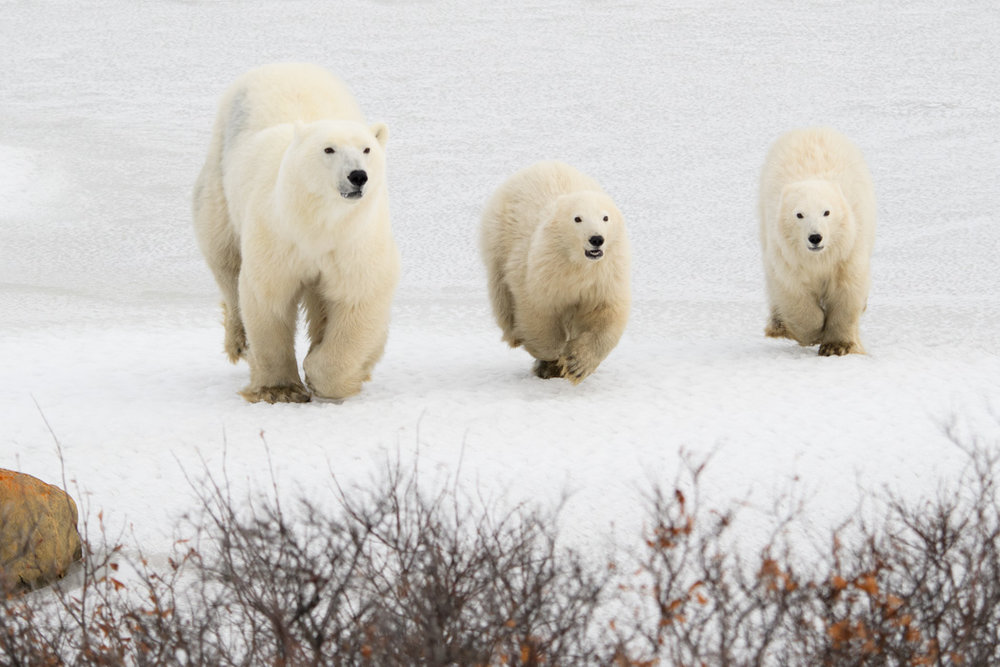
Polar bears on the run to safety. Jeff Klofft photo
In the wake of continuous dark news regarding Arctic ice decline, this news, at very least, is encouraging from a species perspective. With action and continued conservation efforts from groups such as World Wildlife Fund, polar bears and the Arctic can be protected well into the future.
by Steve Selden | Feb 22, 2016 | Conservation
International Polar Bear Day is February 27th and Polar Bears International (PBI) is once again bringing to light various ways we can all contribute to protecting this iconic species as well as fight against global warming trends affecting polar bears in their Arctic habitat. One initiative you can take is signing PBI’s petition asking Congress and the White House to set fair prices for carbon and thus accelerating the transition to utilize renewable energy sources.
Each year in October and November, travelers make the journey to Churchill, Manitoba with Natural Habitat Adventures to see the world’s greatest concentration of polar bears, which congregate as they wait for the sea ice to freeze on Hudson Bay. Nat Hab partners with World Wildlife fund (WWF) to educate people about polar bears and climate change through a unique partnership—Nat Hab’s Polar Bear Expedition Leaders, who have been guiding bear tours for an average of more than 10 years each, receive training and resources from WWF’s top scientists, ensuring the best interpretive experience available.
Here are some of the top polar bear photos from this past season in Churchill to inspire everyone to contribute to the ongoing fight for their survival!

Polar bears in the snow in the Churchill Wildlife Management Area. Photo by Katie de Meulles.
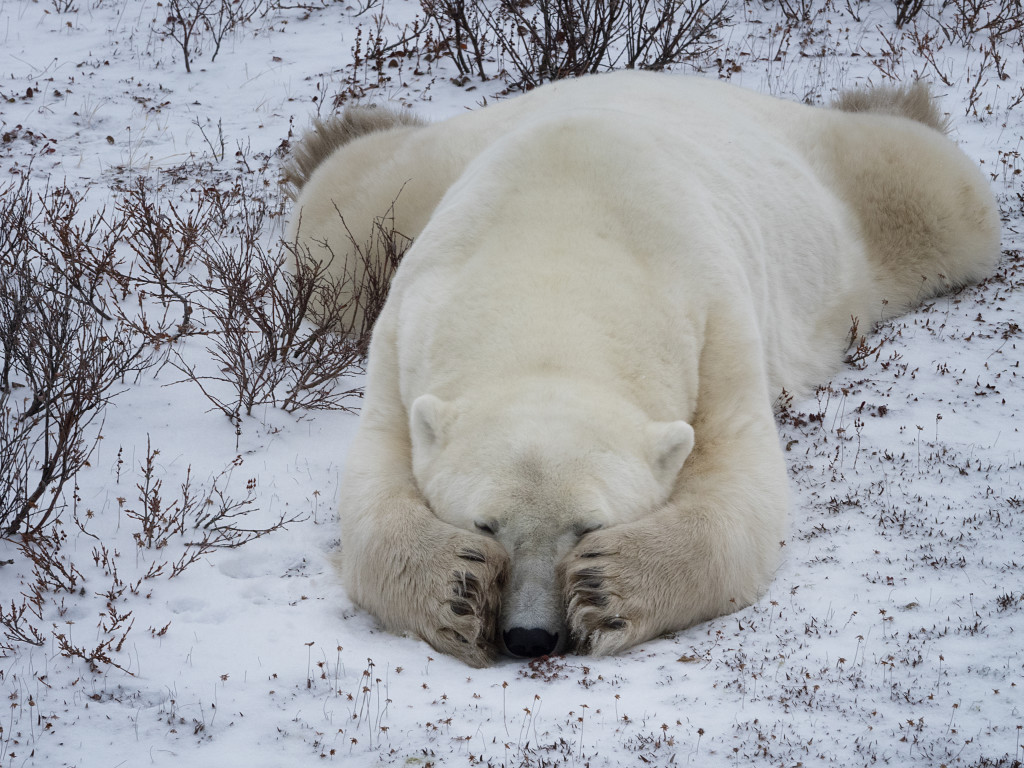
Polar bear playing peek-a-boo with a Polar Rover. Photo by Nat Hab guide Justin Gibson.

A curious bear says hello to guests. Photo by Nat Hab guide Brad Josephs.
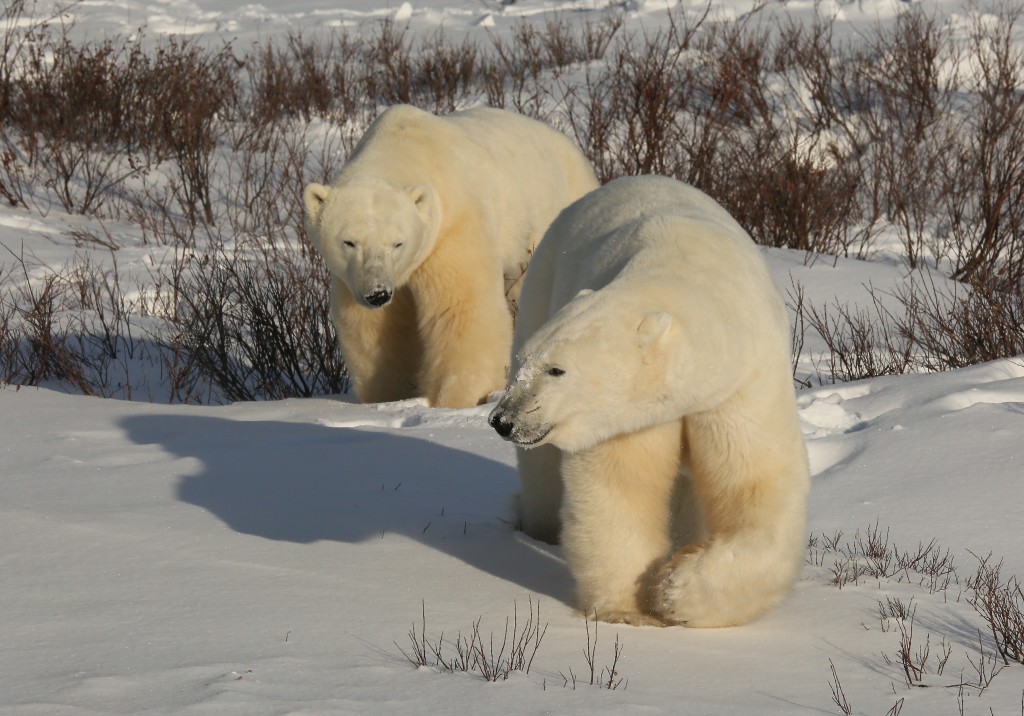
Polar bears in the sun. Photo by Natural Habitat Adventures.

Polar bear sow and cub in the willows in the Churchill Wildlife Management Area. Photo by Nat Hab guide Brad Josephs.
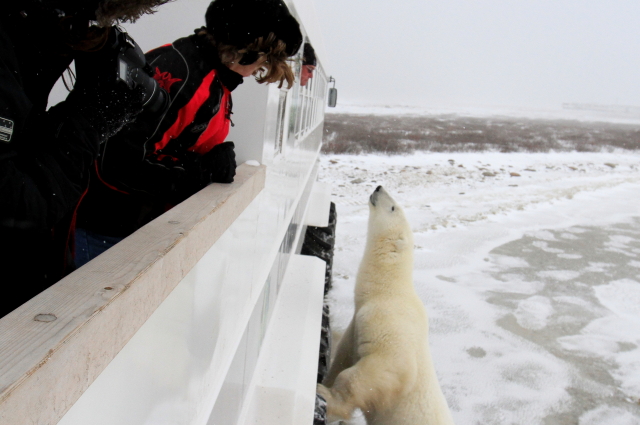
Curious polar bear greets travelers. Photo by Nat Hab guide Brad Josephs.
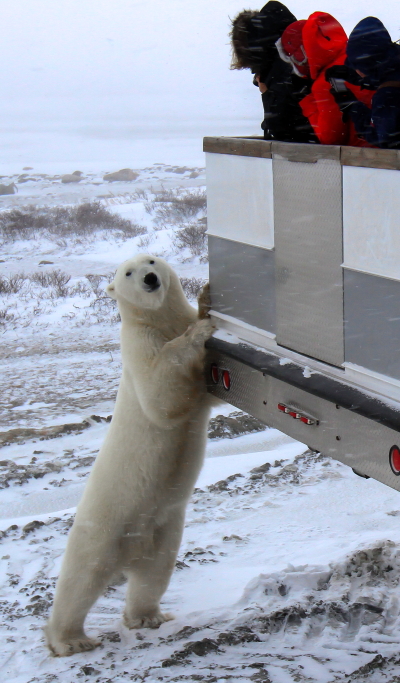
Polar bear on a polar rover. Photo by Nat Hab guide Brad Josephs.
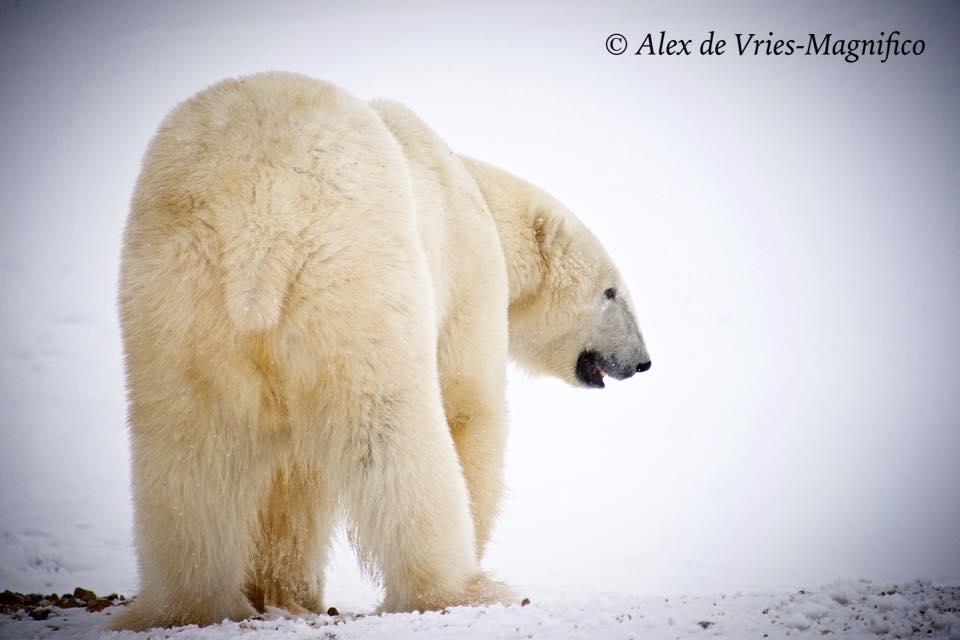
Polar bear parting shot. Photo by Nat Hab staff Alex De Vries-Magnifico.
by Steve Selden | Aug 29, 2015 | Conservation
Fortunately the “last ice” region we are discussing is being used in a manner of symbolism. The area of interest is above Canada’s High Arctic Islands and northwest Greenland. National Geographic Society and World Wildlife Fund-Canada are on a mission to protect the Arctic.
Since the late 1970s when satellite monitoring was instituted, Arctic summer sea ice extent has been shrinking at a rate of about 12 per cent per decade, according to both organizations in an August news release.

Polar bear on sea ice in the high Arctic. Natural Habitat Photo.
The two organizations have teamed up to increase attention and awareness of — the “Last Ice Area” — the region climate scientists project summer sea ice to last the longest.
Recognizing the ‘Last Ice Area’ and the need to protect it for ice-dependent species and northern communities has been a top priority of our Arctic work for several years,” said WWF-Canada President and CEO David Miller. “We couldn’t have asked for a better partner to help steer the public eye northward to this important region.”
The National Geographic Pristine Seas project will include partner WWF-Canada to bring attention to the threats facing the summer sea ice and document “how the Inuit culture is connected to the area and its extraordinary wildlife.”

The “last ice area” near Greenland. Jane George photo.
“Highlighting the ‘Last Ice Area’ and the need to protect it for ice-dependent species and northern communities has been a top priority of our Arctic work for several years,” said WWF-Canada President and CEO David Miller. “We couldn’t have asked for a better partner to help steer the public eye northward to this important region.”
The Pristine Seas project by National Geographic will partner with WWF-Canada to spread awareness of the threats of shrinking summer sea ice areas. The connection between the inuit culture of the north and the extraordinary wildlife will be the primary focus.
“We came close to Arctic wildlife and filmed them like never before while also documenting the last traditional hunting by the Inuit,” said National Geographic’s Enric Sala about a recent trip to northern Baffin Island.



















